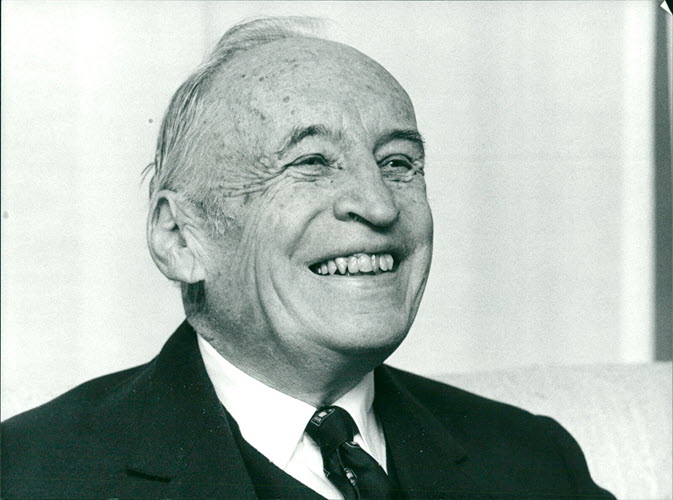John Hasbrouck Van Vleck: Mastermind of Magnetism and Quantum Mechanics

John Hasbrouck Van Vleck (13 March 1899 – 27 October 1980) was an American physicist who made significant contributions to the field of quantum mechanics. He was awarded the Nobel Prize in Physics in 1977, for his contributions to the understanding of the behavior of electronic magnetism in solids.
Life and Career
He was born on 13 March 1899, in Middletown, Connecticut. In 1920, he graduated with an A.B. degree from the University of Wisconsin–Madison. He got his Ph.D. in 1922 from Harvard University. Under Professor Kemble’s guidance, he calculated the binding energy of a certain model of the helium atom so he could complete his doctoral thesis.
After completing his doctoral studies, he worked as a research fellow at the University of Cambridge and then as an assistant professor at the University of Minnesota. While at Minnesota, he wrote a report called ‘Quantum Principles and Line Spectra’ for the National Research Council. Upon its publication, it sold out its first printing of 1,000 copies, and another 300 were printed in 1928.
He got a professorship at the University of Wisconsin in 1928 and held it until 1934. During this time, he wrote his second book, ‘The Theory of Electric and Magnetic Susceptibilities,’ which was published in 1932. He also wrote his first paper on crystal fields that year.
He moved to Harvard University in the mid-1930s and stayed there until 1969. Over the years, he held several positions at the university: chair of the physics department (1945-49), dean of engineering and applied physics (1951-57), and Hollis’s professor (1951-69). He died on 27 October 1980, in Cambridge, Massachusetts.
Major Work
Van Vleck’s research focused on the electronic structure of atoms and molecules. He made several important contributions to the development of quantum mechanics, including the Van Vleck perturbation theory, which is a method for calculating the energy of a quantum system that is subject to small perturbations.
During World War II, John Hasbrouck Van Vleck worked on the Manhattan Project, which developed the first nuclear weapons. Among other noted theoretical scientists, Van Vleck studied and developed the principles of atomic bomb design with others.
When he worked on radar during World War II, he showed that water molecules in the atmosphere would cause troublesome absorption at 1.25-centimeter wavelength, and oxygen molecules at 0.5-centimeter wavelength would do the same.
Award and Legacy
In 1932, Van Vleck was awarded the Nobel Prize in Physics, along with Werner Heisenberg and Erwin Schrödinger, for their contributions to the development of quantum mechanics. He also received numerous other awards and honors throughout his career, including the National Medal of Science in 1966.
Observer Voice is the one stop site for National, International news, Sports, Editor’s Choice, Art/culture contents, Quotes and much more. We also cover historical contents. Historical contents includes World History, Indian History, and what happened today. The website also covers Entertainment across the India and World.
Follow Us on Twitter, Instagram, Facebook, & LinkedIn

